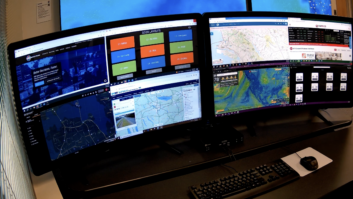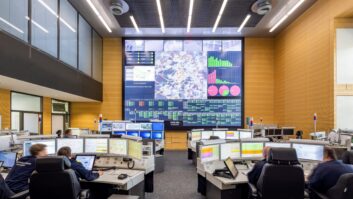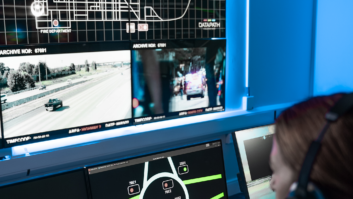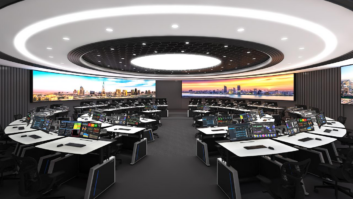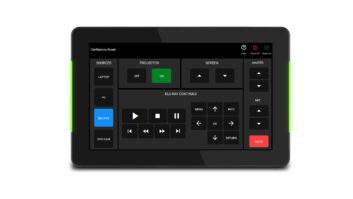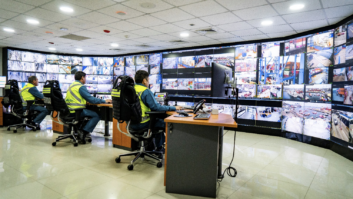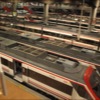
Spain opened its first high-speed route, between Madrid and Seville, in 1992. By the end of this year the number of AVE – Alta Velocidad Española – trains is expected to have grown to 400, 51.5% up on 2007.
The recently refurbished control centre for AVE and long-haul trains in Madrid’s Atocha station was a vital piece of the infrastructure supporting the safe rollout and monitoring of AVE for local rail authority RENFE.
The project began in 2007 when RENFE realised it had to dramatically upgrade its existing control systems to support the rapidly growing network.
It opted to bundle all control services for high-speed and long-haul rail in one control centre, where operators would have a real-time overview of the network.
Barco won the subsequent tendering process for a visualisation solution and fitted 22 Overview D-2 rear-projection modules.
“The control room is divided into five zones, each managing a different geographical area and having its own videowall,” explains Miguel Novillo, director of programming and production co-ordination for AVE. “In the middle is a large 6 x 2 50in wall that visualises the train traffic. A link to each train via GSM-R technology ensures a real-time status of the fleet, from departure through to arrival.”
Besides the trains’ geographical positions, the videowalls display other information to manage the day-to-day transport, such as the number of passengers per train, the punctuality of the stops in the various train stations, live video feeds from CCTV cameras in stations.
A complex network of track sensors, signaling technology, radio transmitters and computer systems integrates the information while Barco’s graphical controller ensures that all data and video sources are projected on screen.
“If our sensors detect an intrusion on the rail tracks, this triggers an alarm to stop the trains,” says Novillo. “With the previous system, we had accumulating delays in our time schedule for days. This new display allows us to have a global overview in order to solve these delay issues faster. In winter we can visualise parts of the tracks where snow is heaping up, so that we can warn train drivers to reduce speed there.”
